NASA (The National Aeronautics and Space Administration) has published a video that contains highlights of important events and the space agency’s achievements over the year 2017.
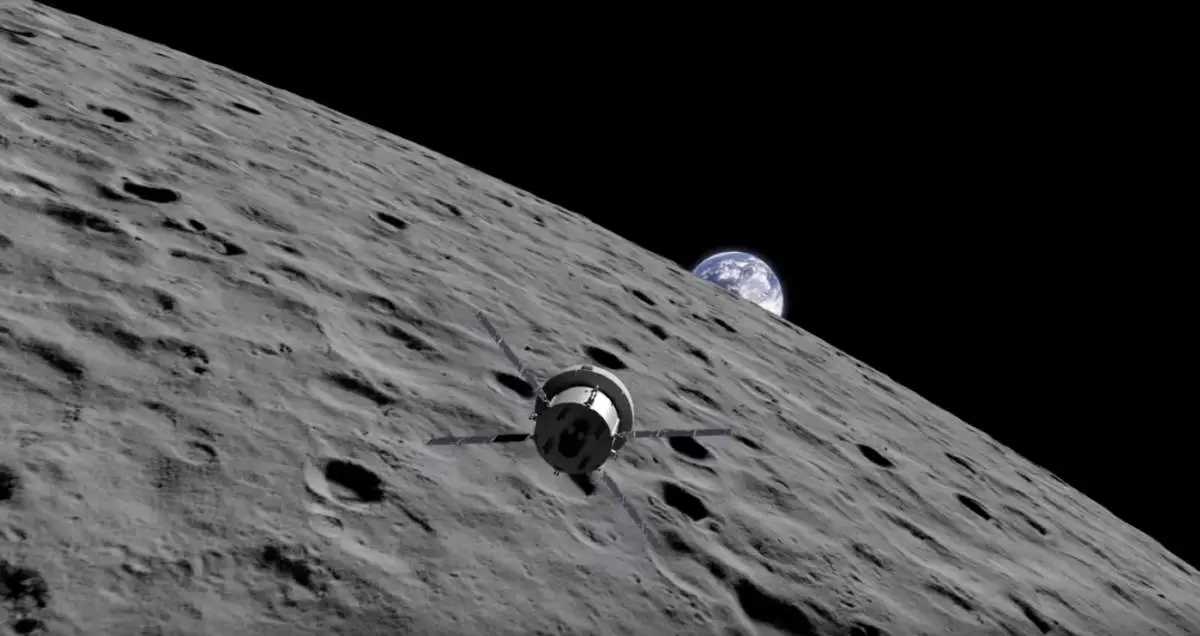

NASA (The National Aeronautics and Space Administration) has published a video that contains highlights of important events and the space agency’s achievements over the year 2017.
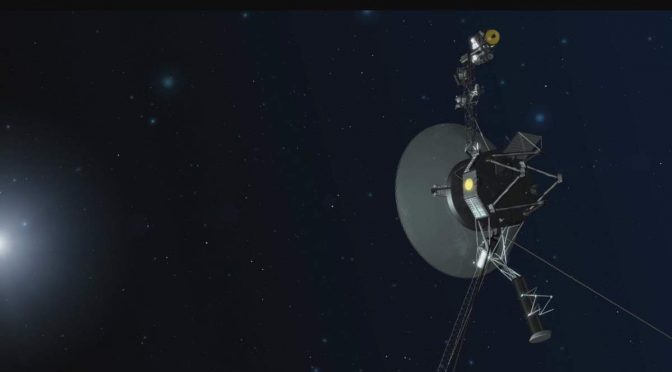
On Tuesday, November 28, 2017, a set of thrusters aboard the Voyager 1 spacecraft successfully fired up for the first time since November 1980, after 37 years without use.
Voyager 1 is a space probe launched by NASA on September 5, 1977. Having operated for more than 40 years as of December 4, 2017, the spacecraft still communicates with the Deep Space Network to receive routine commands and return data. At a distance of 141 AU (see notes 1) (2.11×1010 km) or approximately 13 billion miles (21 billion km) from the Sun as of November 22, 2017, it is NASA’s farthest and fastest spacecraft. It is also the only human-made object in interstellar space, within the environment between the stars.
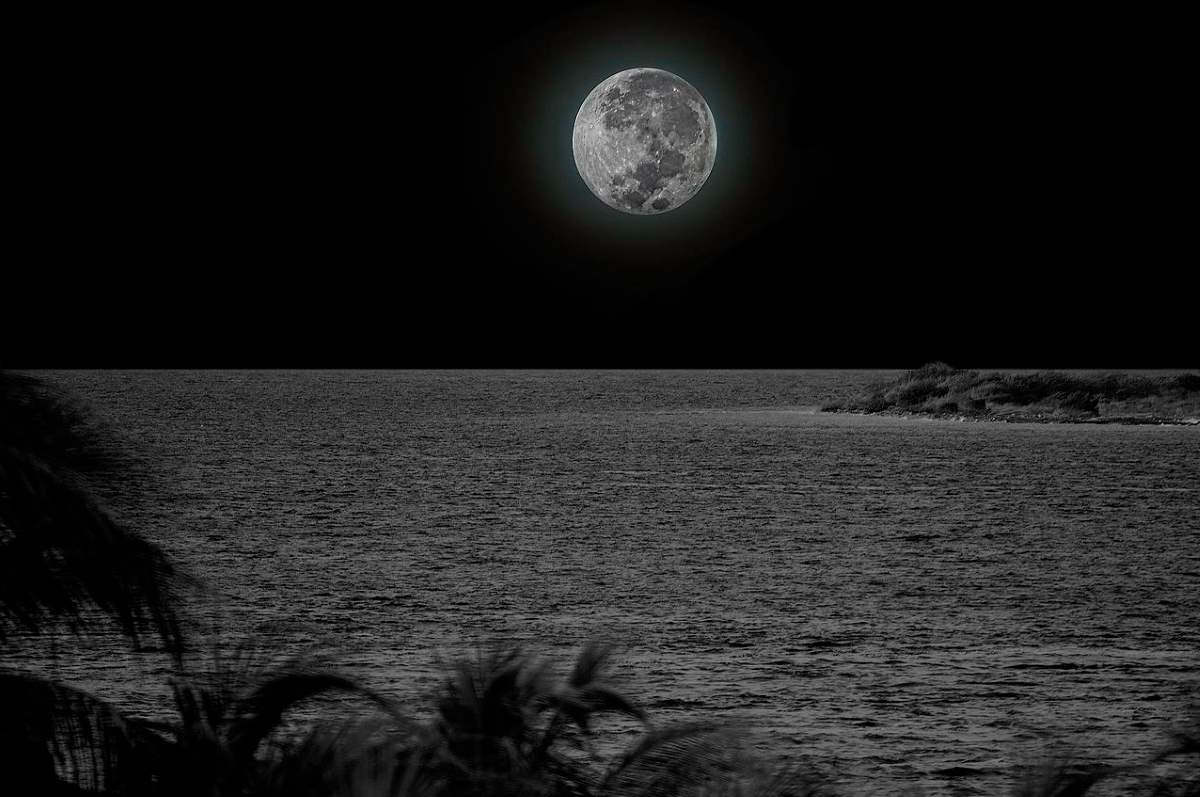
The Moon follows an elliptic orbit around Earth. Naturally, sometimes it gets closer to the Earth than the other times. When it’s also full moon at its closest point to the Earth, it’s called Supermoon. As a result, the moon appears larger and brighter than usual in the sky.
The counterpart of a supermoon is called

Are we alone in the universe? Or are there any other “living planets” other than Earth? How to tell if a planet harbors life? Until 1992, we even don’t know if there are any other planets around the other stars or not. In 1992, two Swiss astrophysicists, Michel Mayor and Didier Queloz the first “exoplanet” (a planet orbiting another star than the Sun).
Then, discoveries continued. Especially after the launch of the Kepler space telescope on March 7, 2009, which is a space observatory launched by NASA to discover Earth-size planets orbiting other stars, we quickly learned that our Solar System is not a rare phenomenon at all. As of November 2017, scientists have confirmed more than 3,500 exoplanets in more than 2,700 star systems. Now, the question is: are any of these planets (or the planets waiting to be discovered in the future) harbor life? If so, how we can find out?
Currently, we have only one example: the Earth itself. Studying Earth and trying to figure out how we’d conclude the Earth harbors life from a distance (from space) can show us how to find out if a planet harbors life or not. Since 1997, NASA satellites have continuously observed all plant life at the surface of the land and ocean.

In September 2017, Elon Musk, the founder and CEO of SpaceX has revealed a new plan to colonize Moon and Mars with giant reusable spaceships. They are ambitiously planning to send the first humans to Mars as early as 2024 to build the foundations for the first Martian city. But is Mars really the best place for humans to settle? Some scientists, like Amanda Hendrix (see notes 1), the American planetary scientist, think it’s not, and we should be looking somewhere else and colonize Titan, Saturn’s largest moon, instead.
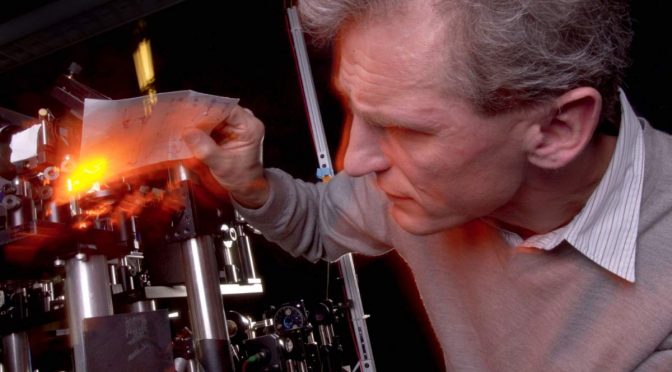
It may sound strange, but the coldest place in the Universe is not anywhere in the vast, cold outer space – it exists here on Earth. Well, it is not actually a natural place you can come across. It is in a laboratory in M.I.T. (Massachusetts Institute of Technology).
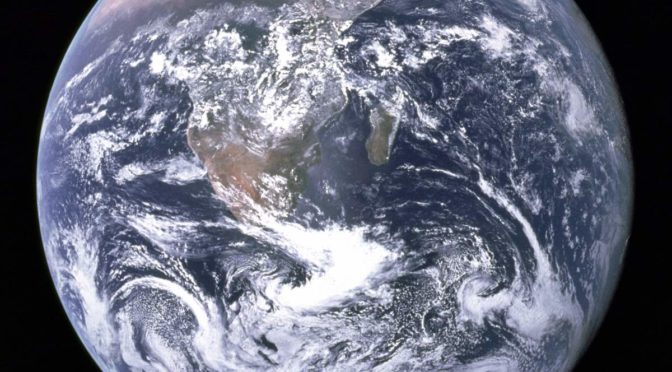
Earth is actually a fragile and isolated rock, a “blue marble” in a vast, cold, and hostile space. But only after seeing our planet from space, we did really understand that. Seeing the Earth first time from a distance was a powerful experience that has changed the way we see our planet. Here are the top 10 most iconic photos of Earth from space.

On October 16, 2017, for the first time ever in history, scientists were able to detect gravitational waves from two neutron stars’ merger.
Carl Sagan’s famous quote says “The nitrogen in our DNA, the calcium in our teeth, the iron in our blood, the carbon in our apple pies were made in the interiors of collapsing stars. We are made of starstuff.” In that famous quote, Sagan makes reference to the whole Universe started off with hydrogen and helium, all stars produce helium, and then stars over a certain mass threshold produce carbon, nitrogen, oxygen, and lots of heavier elements – which are also the source of the life on Earth. The star stuff is inside us – every living thing on Earth.
But, even stars aren’t powerful enough to create heavy elements like silver, gold, and cesium. Since the 1950s, scientists have wondered: where do most of the elements in the periodic table come from?
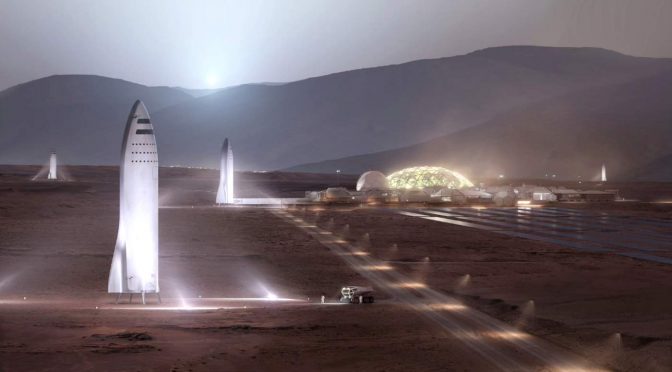
The billionaire founder of SpaceX, Elon Musk has revealed a new plan to colonize Moon and Mars with giant reusable spaceships. He provided an update on their Mars colonization plan at the International Astronautical Congress (IAC, see notes 1) in Adelaide, Australia this week. Musk plans to send 1 million people to Mars using BFR (see notes 2), and “making life multiplanetary”. He has highly ambitious plans, like launching and landing at least two uncrewed cargo ships on Mars as early as 2022.
The newly announced BFR is smaller than the one Musk revealed at the same event last year, 106 meters (348 feet) tall and carrying capacity of 150 tonnes compared to the previous design’s 122 meters (400 feet) and 300 tonnes. But, (naturally) it’s way cheaper than the previously announced version, and according to Musk, “lower cost is the biggest update”. And, still, it is more powerful than any of SpaceX’s or NASA’s other planned rockets.
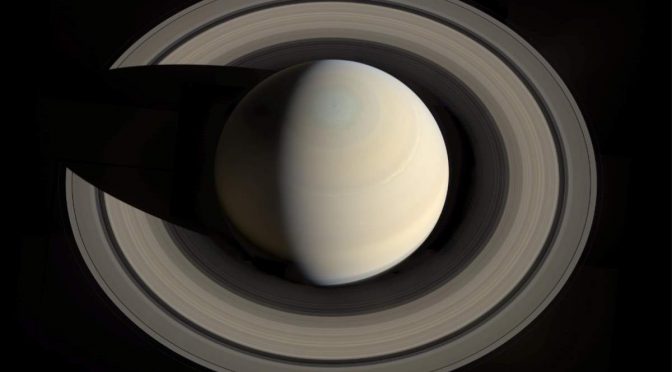
Launched on October 15, 1997, NASA’s Cassini spacecraft (see notes 1) went into orbit around Saturn on July 1, 2004. Since then, it has taken thousands of photos of Saturn, the second-largest planet in the Solar System, its prominent rings, and moons. And on September 15, 2017, Cassini plunged into Saturn’s atmosphere and disintegrated. Here are the 20 most beautiful photos that the spacecraft has sent back to Earth during its 13-year voyage around the gas giant.
Cassini was destroyed by diving into Saturn’s atmosphere on September 15, 2017. This method of disposal was planned to avoid potential biological contamination of Saturn’s moons, since Titan, Enceladus, and other icy moons of Saturn may harbor oceans and alien life.